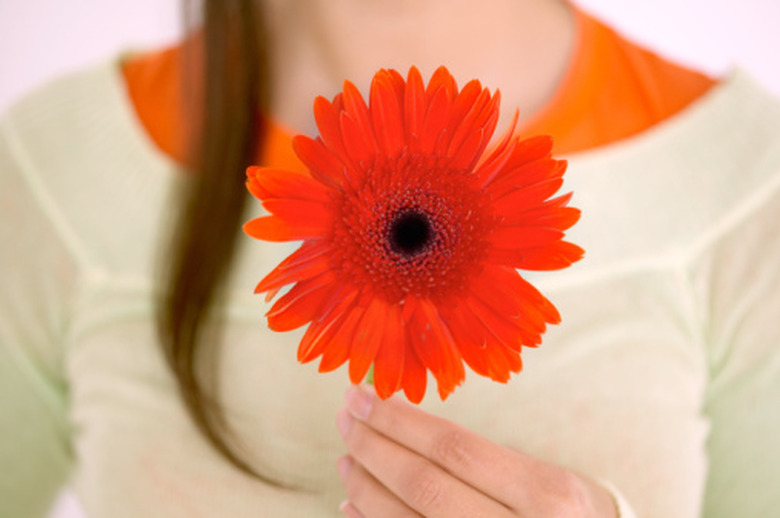Do Gerber Daisies Come Back Every Year?
Gerber daisies come back every year in tropical climates. They are considered perennials in USDA growing zones 9 to 11. They will also grow in zones 6 to 8, but will die at the first frost — so in those areas, they are considered annuals.
Identification
Gerber daisies grow brightly colored flowers that could be white, pink, red or violet. The flowers reach a diameter between 2 and 4 inches. The stem length is between 12 and 18 inches.
History
The scientific name of gerber daisies is Gerbera jamesonii, named after a Scotsman named Robert Jameson who first discovered them in South Africa in 1880. They quickly became popular in the Netherlands and were brought to North America in the early 1920s. Many of the gerber daisies now sold in the United States were grown in Columbia.
- Gerber daisies come back every year in tropical climates.
- They will also grow in zones 6 to 8, but will die at the first frost — so in those areas, they are considered annuals.
Expert Insight
The website Floridata recommends planting gerber daisies of a single color among other bedding plants of a complementary hue. If you live in an area that is too cold to grow gerber daisies outside, Ron Smith, a horticulturalist at North Dakota State University, recommends keeping them inside in dappled shade.
Soil For Gerber Daisies
Gerber daisies prefer average to rich soils with medium moisture conditions. The soils must offer great drainage or the plant could quickly develop stem or root rot. Consider planting your daisies in raised planting beds or containers if your lawn soil doesn't have good drainage. These daisies prefer neutral to slightly acidic soil levels ranging from 6.1 to 7.5 pH. Add a bit of dolomitic limestone to more acidic soils. Simply follow the instructions on the product's label. Irrigate your plant in the morning so the foliage thoroughly dries before nighttime. Apply an inch or two of mulch around your Gerber daisy plant to help retain soil moisture while preventing weeds from sprouting.
- The website Floridata recommends planting gerber daisies of a single color among other bedding plants of a complementary hue.
References
- Floridata: Gerbera Jamesonii
- North Dakota State University Hortiscope: Daisy
- Missouri Botanical Garden: Gerbera Jamesonii
- University of California IPM Online: Gerbera Daisy, Barberton Daisy, Transvaal Daisy—Gerbera Jamesonii
- Auburn University Department of Horticulture: Gerbera Daisy
- North Dakota State University: The Gerbera Daisy
